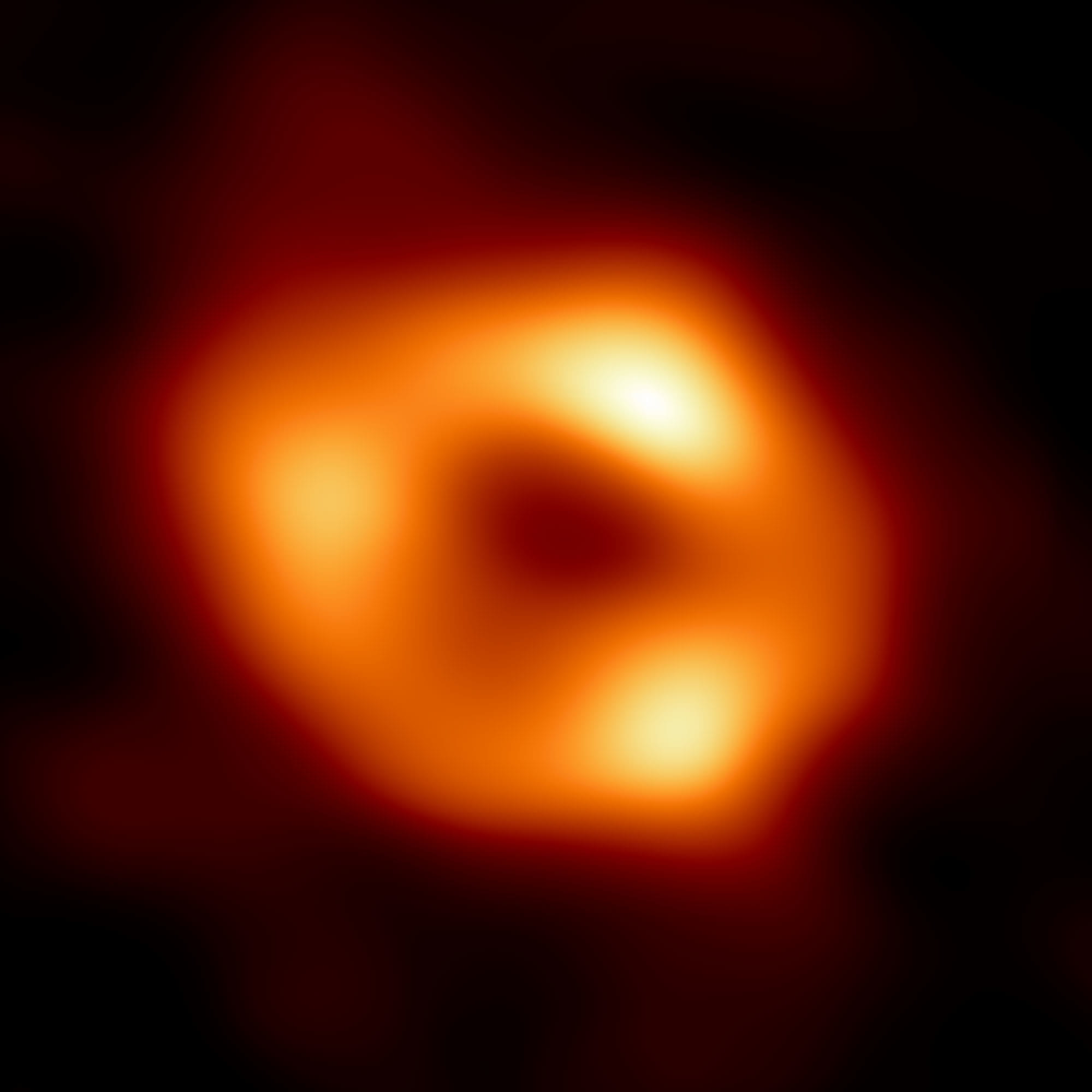What just happened? On Thursday, astronomers unveiled an image of a supermassive black hole at the center of the Milky Way galaxy that is four million times larger than our Sun. The image shared today was created by a global research team using observations from a worldwide network of radio telescopes. While we can't see the black hole itself because it is completely dark, astronomers were able to capture a telltale signature of it: a dark center surrounded by a bright, ring-like structure.
The immense gravitational pull of the black hole bends the light around the edges, creating the donut-like shape visible in the image.
"We were stunned by how well the size of the ring agreed with predictions from Einstein's Theory of General Relativity," said EHT Project Scientist Geoffrey Bower from the Institute of Astronomy and Astrophysics, Academia Sinica, Taipei. "These unprecedented observations have greatly improved our understanding of what happens at the very center of our galaxy and offer new insights on how these giant black holes interact with their surroundings."
This isn't the first time a black hole has been photographed. That honor goes to an image published by astronomers in 2019 highlighting a black hole at the center of the Messier 87 galaxy roughly 55 million light years away. Today's release does represent our first look at Sagittarius A*, however.
The two black holes look visually similar despite the fact that Sagittarius A* is more than a thousand times smaller than M87*.
Researchers are excited to now have images of two black holes of extremely different sizes. With them, they'll be able to further research how gravity behaves in these unique environments.
The team's results have been published in The Astrophysical Journal Letters for those interested in digging deeper.
Image credit Event Horizon Telescope collaboration
